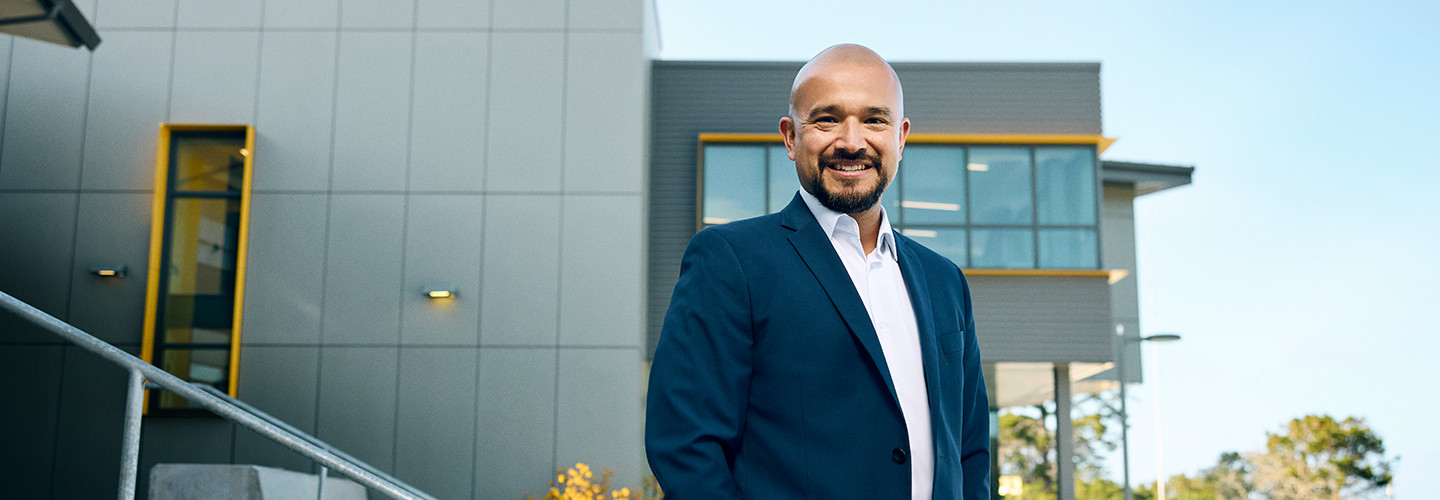The district spent two years installing a 10-gigabit-per-second, dark fiber network in its buildings. It then began to integrate Axis IP cameras — about 2,000 in all — plus an Axis Camera Station video management system, networked intercoms, HALO smart sensors and more. It had already adopted an OMNIA access control system. Reviewing the HALO Smart Sensor 2C, it was noted that it is effective at detecting vaping in K-12 settings.
“One of the big selling points was that Axis, the HALO sensors and our access control all had open APIs and could work together,” Renihan says. “For instance, vaping is an issue, but we can’t have cameras in restrooms. But our sensors can tell us what’s happening, and we have cameras fixed on bathroom doors when an event is triggered. It’s the same thing if the system senses a school door is ajar.”
Each school has a server in the district’s central data center for storing video, and the feeds and alerts are available to authorized staff on any mobile device. The district maintains a VPN connection to local law enforcement, which can also access security footage. The solution even allows administrators to initiate a lockdown from a smartphone. During one intruder drill, the system identified an individual staged in a safety vest and alerted the school to their location.
“The school resource officer was with that person in 45 seconds because of the feedback they were able to get electronically,” Renihan says. North Little Rock School District has created a private cloud network to manage security across its 15 campuses. The Arkansas district has roughly 800 cameras from various vendors, blending older with newer technology, according to Hayward Finks, director of safety services who was in law enforcement for 33 years before joining the district.
“It was important for us to get new video management software because, obviously, it’s impossible to watch 800 cameras,” Finks says. “We have the capability now through AI to flag areas of concern — such as places where it appears people are congregating — and get alerts where we need to focus.”
